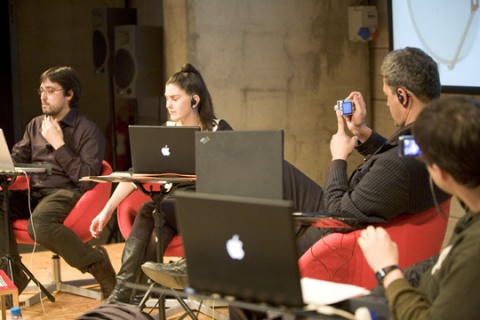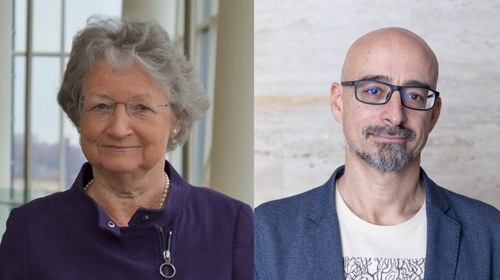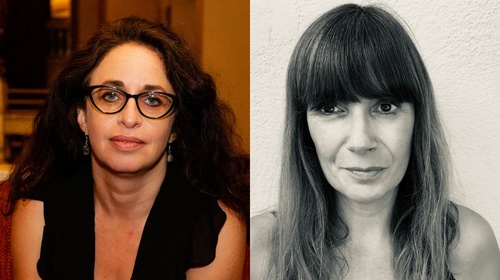NOW 2007
The Invisible Conquest:
a Social and Cultural History of Hertzian Space
Debate
Free
The radio-electric spectrum-the field of electromagnetic waves in which radio and television transmissions, mobile telephone and GPS signals, Wi-Fi networks and much more circulate-is the information society's building land. Its increasing conquest and colonisation over the course of the 20th century has transformed both the way cities are articulated and the relations between individuals.
Nonetheless, we know little about this spectrum: who owns it, how it is governed, how its use is decided. Despite being a supposedly scarce and precious resource, the way it is regulated is rarely subjected to processes involving public scrutiny.
Two years from the "Digital Switchover"-when all radio and TV transmissions will go completely digital-more and more voices are demanding far-reaching changes in the way the radio-electric spectrum is managed, calling for greater emphasis on its dimension as a public and community space and for more social players to be allowed access to it, especially now that we are all broadcasters, at least to some extent. "Open spectrum" activists also point out that the shortage of airwave frequencies that makes it necessary to regulate the system is inherited from an outdated technology model that, if redesigned, could open up a new era of "infinite broadband".
Conversation with Jonah Brucker-Cohen, digital artist known for his projects subverting communication network architecture, Honor Harger, member of the radioqualia group and expert in cultural readings of the airwaves, Armin Medosch, critic and open source activist, and William J. Mitchell , professor of architecture at mit and a well-known expert in connections between urban and digital spaces.
Moderators: José Luis de Vicente
Participants: José Luis de Vicente, Jonah Brucker-Cohen, Honor Harger, Armin Medosch, William J. Mitchell
This activity is part of NOW. November - desember 2007, NOW 2007


